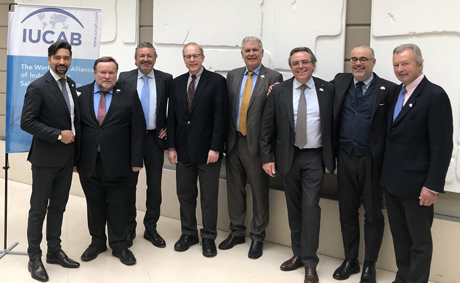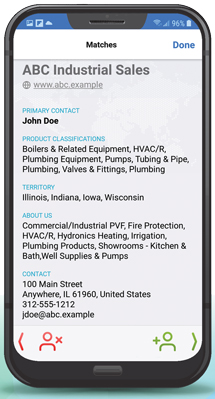A Whole Wide World of Reps
By Charles Cohon“Two possibilities exist: either we are alone in the Universe or we are not. Both are equally terrifying.” — Arthur C. Clarke
Two possibilities exist: The concept of sales force outsourcing is so powerful that it would naturally develop on its own outside North America, or it would not. It’s very comforting to know that sales force outsourcing is such a powerful concept that reps can be found in Europe, North America, and South America. (Apologies to Arthur C. Clarke.)
How powerful? The international association that counts reps worldwide reports that the 42,000 reps in North America are part of a worldwide ecosystem of 537,000 reps.
Engaging in a worldwide ecosystem is very important to MANA members.
- MANA representative members need to be visible to international principals seeking North American representation.
- MANA manufacturer members need resources to find representation in Europe and South America, and learn the local practices of reps in those countries.
MANA’s participation in the Internationally United Commercial Agents and Brokers (IUCAB) gives MANA access to just the kind of exposure and information MANA members need to flourish internationally. (Outside of North America, what we call manufacturers’ reps are referred to as commercial agents.)
What is IUCAB? Many other countries have their own rep associations just like MANA. IUCAB is where those country rep associations meet to share best practices and solve common problems.
As a member of IUCAB’s Executive Committee MANA plays a critical role in the IUCAB. I recently met in Hungary with other Executive Committee members (pictured above) from the rep associations of Austria, France, Germany, Italy, Norway, and the United Kingdom to work on strategies to promote reps internationally.
Through IUCAB, MANA engages with 18 other countries’ rep associations in Europe, North and South America, and insures our place at the table in the international community of reps.

IUCAB Executive Committee members (left to right): Christian Rebernig, Austria; David Johnson, United Kingdom; Axel Sturmberger; Austria; Charles Cohon, North America; Ralf D. Scholz, Germany; Olivier Mazoyer, France; Marco Righetti, Italy; and Ole Kristian Bull, Norway. Not pictured: Enric Enrech, Spain.















